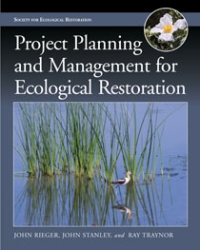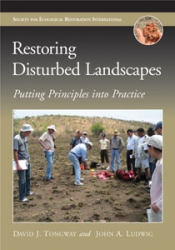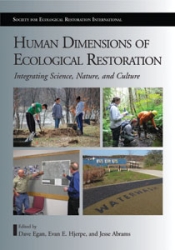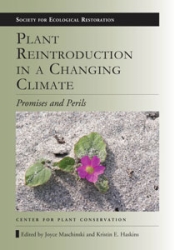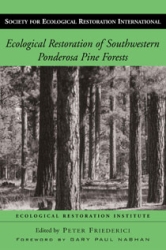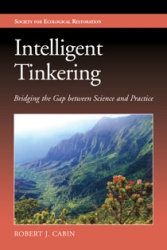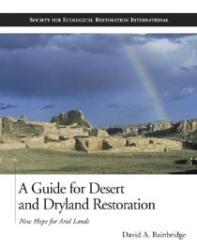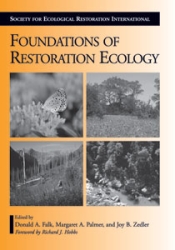Project Planning and Management for Ecological Restoration
Concern over climate change and the ongoing challenges of managing degraded ecosystems have made the field of ecological restoration a growing focus in the agendas of national and international conservation organizations, including the United Nations. The problems facing us are both complex and urgent, and effective solutions are needed.
Project Planning and Management for Ecological Restoration presents principles of sound planning and management that will greatly increase the likelihood that completed projects will meet stakeholder expectations.

